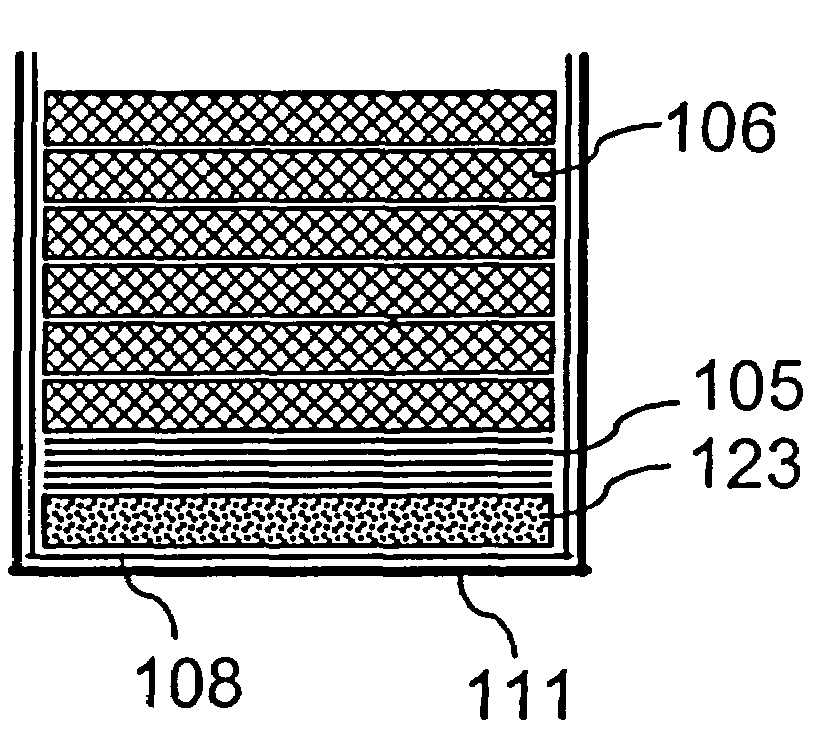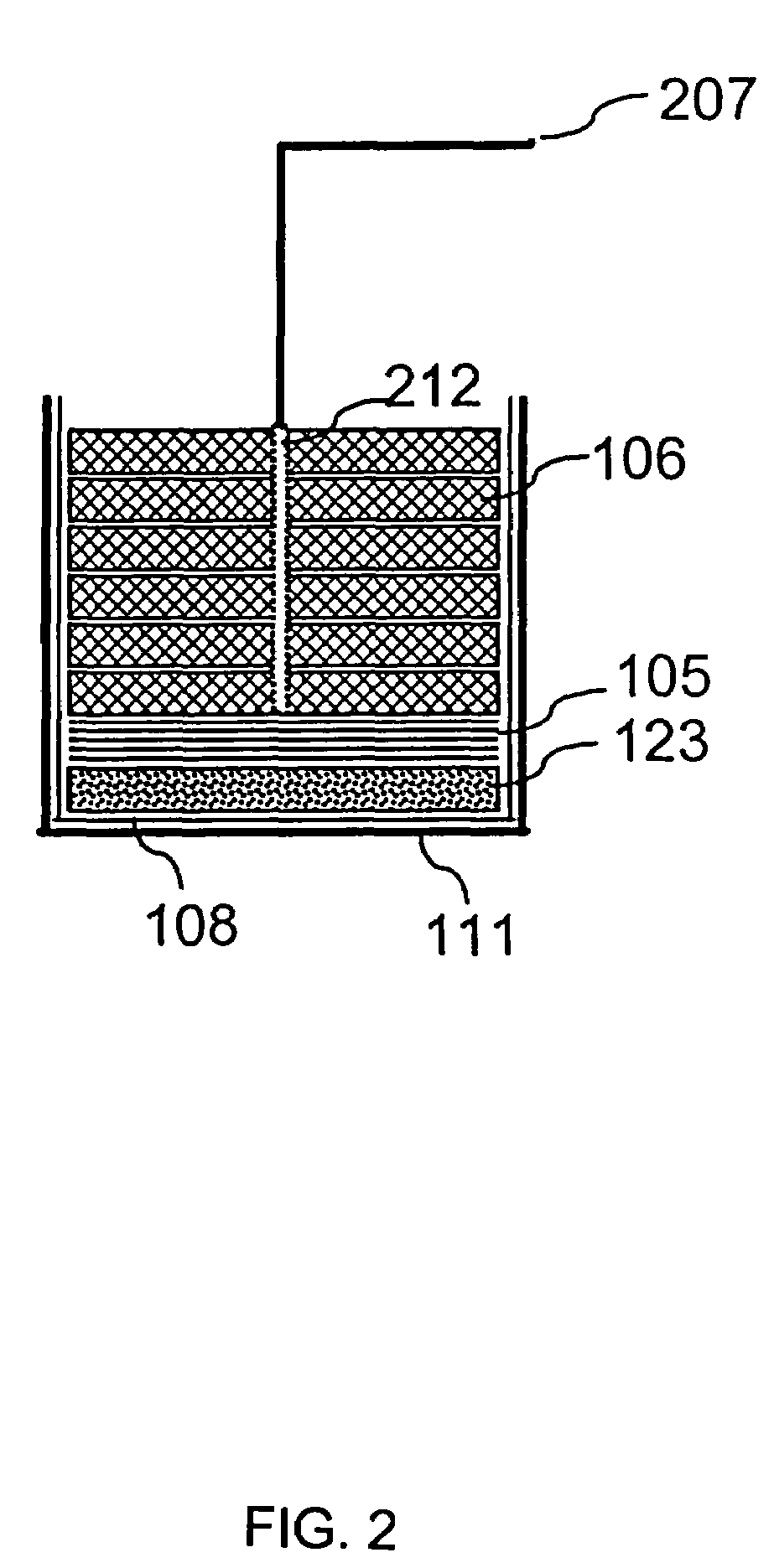Composites pressure resin infusion system (ComPRIS)
a pressure resin and composite material technology, applied in the direction of synthetic resin layered products, weaving, transportation and packaging, etc., can solve the problems of inability to achieve the effect of infusing frp composite laminates and hybrid composite parts with different substrates based on the distribution media, and affecting the quality of composite parts. , to achieve the effect of improving the quality of composite parts, and improving the fracture toughness of the interfa
- Summary
- Abstract
- Description
- Claims
- Application Information
AI Technical Summary
Benefits of technology
Problems solved by technology
Method used
Image
Examples
example 1
[0150]The purpose of this study was to investigate procedures (in billet production and fabrication) that may influence the integrity and accelerated durability of the bondlines of ComPRIS specimens. After production of standard billets or articles, these were assessed in accordance with a standard cyclic delamination test (ASTM D1101 as a preliminary screening test for later work with ASTM D2559)
[0151]One of the long-term goals for the development of the ComPRIS process includes the production of laminated beams and FRP composite bonded laminated beams. As such, wood-to-wood fabrication was studied as well as FRP composite to wood bonding using E-glass unidirectional fibers sandwiched between layers of wood.
[0152]Testing was performed in accordance with ASTM D1101 (Integrity of Adhesive Joints in Structural Laminated Wood Products for Exterior Use). This ASTM standard test is an accelerated aging method used for the screening of materials in preliminary studies.
1.1 Procedures
[0153]...
example 2
[0186]2.1 Procedure
[0187]Billets of 10 laminates of unidirectional E-glass fabric (VEW 260 from BTI-Saint Gobain) placed in between the southern yellow pine lumber, were fabricated as described in Example 1 for ComPRIS production. A vinyl ester resin (Derakane 411-C50) was used in all tests. For all tests, the resin was mixed with a 2% (by weight) catalyst (2-Butanone peroxide, manufactured by Aldrich Chemical Corporation).
[0188]The boards used were 1″×6″ (nominal), and measured 24″ in length. Billets were also fabricated using the same materials but using the SCRIMP™ process for comparative purposes in later testing. From both the ComPRIS and SCRIMP™ billets, small cross sections of material were cut and these sections were prepared for viewing using electron microprobe analysis. A model Cameca SX100 Electron microprobe unit was used with an accelerating voltage of 15 kV and 10 nanoamps in the backscatter mode. Images were captured digitally to allow a comparative examination of th...
example 3
[0193]3.1 Procedure
[0194]Billets comprised of two layers of polyester / polyethylene panels material sandwiched around 10 layers of unidirectional E-glass fabric (VEW 260 from BTI-Saint Gobain) were produced using the ComPRIS process as described above in Examples 1 and 2. In this work however, one of the panels, being of wood plastic lumber (an impermeable material), were ripped to a depth of 5 mm on one face by making 3 equally distant saw kerfs along the length of the material. These kerfed faces were positioned to interface with the fabric layers, to relieve the build up of entrapped gas within the samples during ComPRIS fabrication. A vinyl ester resin (Derakane 411-C50) was used in all tests. For all tests, the resin was mixed with a 2% (by weight) catalyst (2-Butanone peroxide, manufactured by Aldrich Chemical Corporation).
[0195]After curing under pressure, the billets were removed, sectioned along their length by ripping a thin central strip from the length of each billet. The...
PUM
| Property | Measurement | Unit |
|---|---|---|
| Fraction | aaaaa | aaaaa |
| Fraction | aaaaa | aaaaa |
| Pressure | aaaaa | aaaaa |
Abstract
Description
Claims
Application Information
 Login to View More
Login to View More - R&D
- Intellectual Property
- Life Sciences
- Materials
- Tech Scout
- Unparalleled Data Quality
- Higher Quality Content
- 60% Fewer Hallucinations
Browse by: Latest US Patents, China's latest patents, Technical Efficacy Thesaurus, Application Domain, Technology Topic, Popular Technical Reports.
© 2025 PatSnap. All rights reserved.Legal|Privacy policy|Modern Slavery Act Transparency Statement|Sitemap|About US| Contact US: help@patsnap.com



